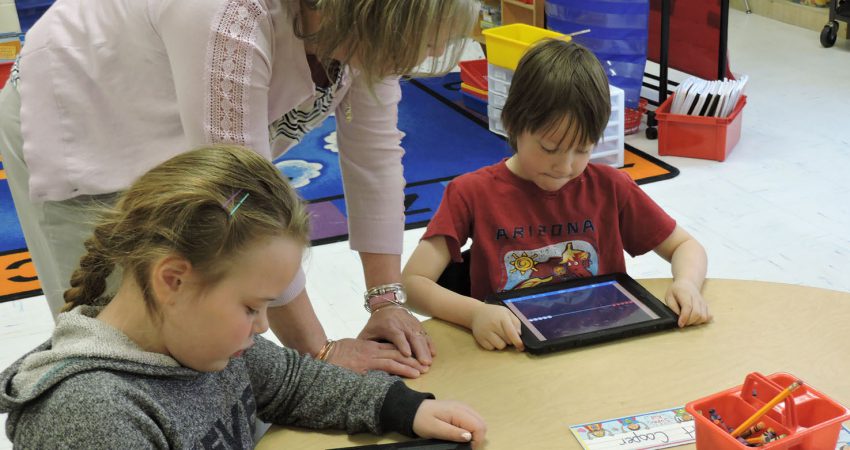
By Suzanne Perin - May 2011
PAPER CITATION
Lee, H.-S., Linn, M. C., Varma, K., & Liu, O. L. (2010). How do technology-enhanced inquiry science units impact classroom learning? Journal of Research in Science Teaching, 47(1), 71-90.
WHY IT MATTERS TO YOU
ISE educators may operate with the assumption that visitors come to the museum for learning, but this research shows that, two years later, what these adult visitors remember is linked to their motivations for their visit.
What Is The Issue?
This study compared the impact of inquiry-based science instruction incorporating interactive visualizations with that of traditional instruction on students’ knowledge integration across science courses. To guide development of the inquiry curriculum, the researchers applied knowledge integration design principles and processes in the classroom. These principles may be useful for informal programs as well. The design principles include: make science accessible, make thinking visible, help students learn from each other, and promote lifelong learning. The processes are used to guide student groups: elicit ideas, add new ideas, develop criteria to distinguish among ideas, and sort out ideas.
What Was The Study?
In the study, the same teachers from three middle and seven high schools taught two student cohorts using typical science instruction in the first year and inquiry instruction with interactive visualizations in the second year. Students were assessed on knowledge integration at the end of the school year. Student responses to the knowledge integration assessments were analyzed using an Item Response Theory analysis based on a Rasch Partial Credit Model. Teachers were also surveyed and interviewed to identify conditions that supported inquiry-based instruction implementation.
This study used a particular visualization approach dealing with interactive, computational models and a web-based learning environment, and the students were engaged with one or two short-duration (1-week long), inquiry-based curriculum modules, which may not be available in informal learning settings.
What Were The Findings?
The study found that the inquiry-based instruction with interactive visualizations helped students integrate knowledge across their science courses better than more typical science instruction. A more consistent and greater impact was found with curriculum modules that addressed phenomena that are too small or too large to observe in everyday settings (in this study, molecular interactions, electron movement, global warming phenomena, and the rock cycle). This insight is likely relevant if instructors are using visualizations with learners. How can teachers learn to teach using this kind of approach? For educators in the study, it was found that their own experience with inquiry instruction strongly correlated to the achievement of students in their classrooms. To improve the educators’ inquiry practice, the most beneficial support methods were training specific to inquiry, how to elicit and use student ideas, and mentor or partner educators within the school. These professional development methods would also likely help educators lead inquiry instruction in informal education settings where students have time to engage with natural phenomena, explore relevant visualizations, and construct an integrated understanding of scientific concepts.




